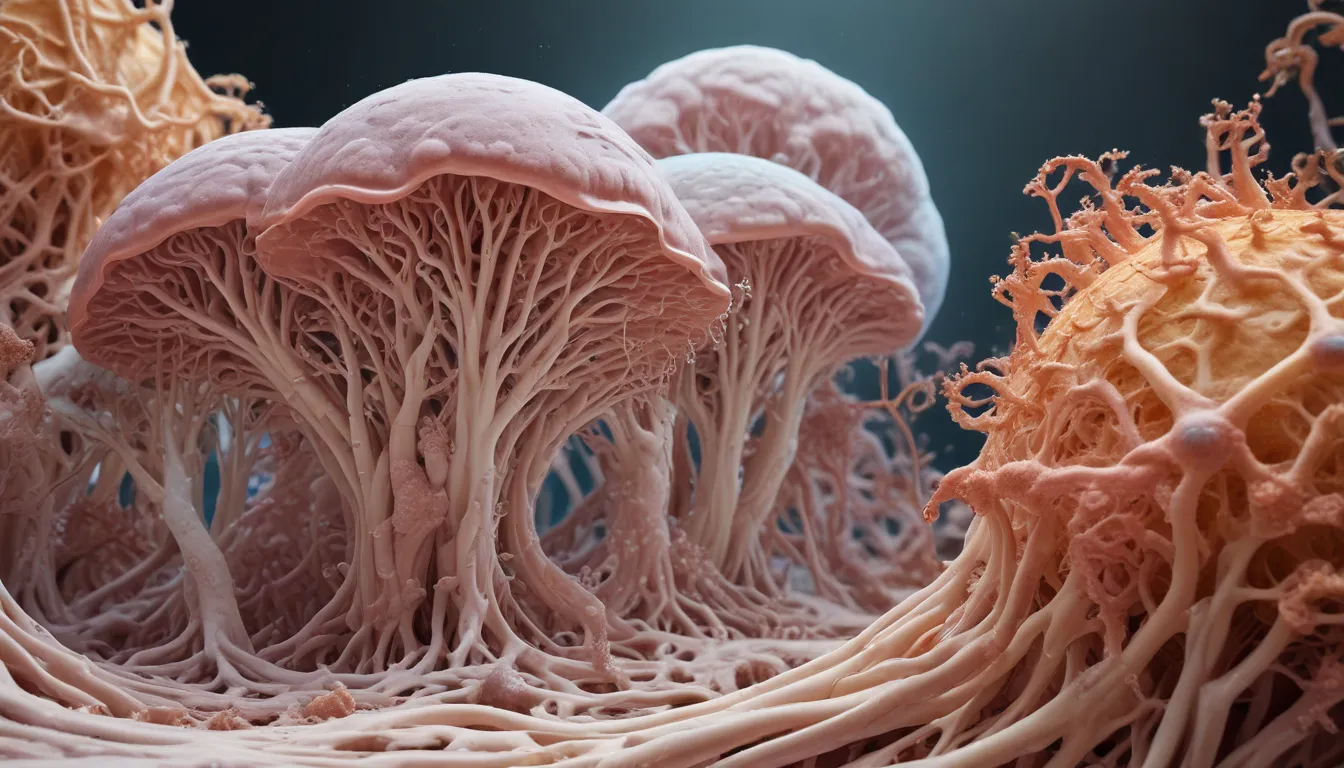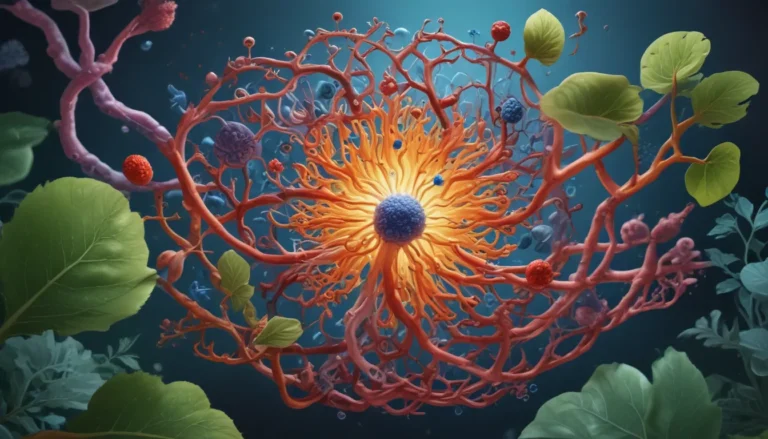A Note About Images: The images used in our articles are for illustration purposes only and may not exactly match the content. They are meant to engage readers, but the text should be relied upon for accurate information.
Welcome to the fascinating world of the Golgi apparatus – a remarkable structure that plays a vital role in cellular biology. Discovered by the Italian biologist Camillo Golgi in 1898, this organelle is a powerhouse for processing, sorting, and packaging proteins and lipids within eukaryotic cells. Join us on an enlightening journey as we uncover eight intriguing facts about the Golgi apparatus, shedding light on its structure, functions, and significance in biology.
Unveiling the Mysteries of the Golgi Apparatus
The Golgi apparatus, also known as the Golgi complex or Golgi body, is a dynamic organelle present in almost all eukaryotic cells. Its stacked, flattened sacs called cisternae give it a distinct appearance and serve as the hub for modifying proteins synthesized in the endoplasmic reticulum. This essential organelle is involved in synthesizing complex carbohydrates, aiding in lysosome formation, and ensuring the proper functioning of cellular processes.
Discovering the Golgi Apparatus Through Camillo Golgi’s Lens
In 1898, Camillo Golgi revolutionized cell biology with his innovative staining technique that led to the discovery of the Golgi apparatus. Named in his honor, this organelle continues to intrigue scientists and researchers with its critical role in cellular function.
The Stacked Beauty of the Golgi Apparatus
The Golgi apparatus boasts a unique structure composed of stacked, flattened sacs known as cisternae. This distinctive arrangement allows for efficient processing, sorting, and packaging of proteins within the cell.
The Protein Processing Powerhouse: Golgi Apparatus in Action
One of the primary functions of the Golgi apparatus is protein modification. After proteins are synthesized in the endoplasmic reticulum, they undergo crucial alterations within the Golgi apparatus before being sorted and packaged for transport.
- Proteins synthesized in the endoplasmic reticulum undergo crucial modifications in the Golgi apparatus.
- The Golgi apparatus plays a key role in sorting and packaging proteins for transport within the cell.
Lysosomes, the Digestive Powerhouses: Golgi Apparatus at Work
In addition to protein processing, the Golgi apparatus is involved in the biogenesis of lysosomes. These vital organelles are responsible for intracellular digestion and waste disposal, highlighting the Golgi apparatus’s multifaceted role within the cell.
Crafting Complex Carbohydrates: Golgi Apparatus Style
The Golgi apparatus is a master at synthesizing complex carbohydrates, such as proteoglycans and glycolipids. This process is essential for the formation of various molecules critical for cellular function.
A Universal Presence: Golgi Apparatus Across the Cellular Kingdom
From unicellular to multicellular organisms, the Golgi apparatus is a universal organelle found in almost all eukaryotic cells. Its presence underscores its significance in maintaining cellular functions across diverse biological systems.
Dynamic Remodeling: The Adaptive Nature of the Golgi Apparatus
Despite its seemingly static appearance, the Golgi apparatus is a dynamic organelle that undergoes constant remodeling to meet the ever-changing needs of the cell. This adaptability underscores its essential role in cellular homeostasis.
Exploring the Depths of Golgi Apparatus: A Journey of Discovery
In conclusion, the Golgi apparatus stands as a cornerstone of cellular biology, orchestrating the intricate processes of protein processing, sorting, and packaging within cells. By unveiling the secrets of this remarkable organelle, we gain valuable insights into the complexities of cellular function and pave the way for further discoveries in the field of biology.
FAQs: Unlocking Further Insights
- What is the Golgi apparatus, and what functions does it perform?
- Who discovered the Golgi apparatus, and how was it named?
- What is the unique structure of the Golgi apparatus, and how does it aid in protein processing?
- How does the Golgi apparatus contribute to cellular secretion and lysosome formation?
- Is the Golgi apparatus present in all eukaryotic cells, and why is it considered a universal organelle?
- Can the Golgi apparatus regulate cellular signaling pathways, and how does it maintain cellular homeostasis?
Embark on your journey of discovery with the Golgi apparatus and unravel the mysteries of cellular biology with each fascinating fact uncovered. Join us in exploring the captivating world of protein processing, lysosome biogenesis, and complex carbohydrate synthesis within the dynamic confines of the Golgi apparatus. Let the wonders of cellular biology inspire your curiosity and deepen your understanding of the intricate cellular mechanisms that drive life.






